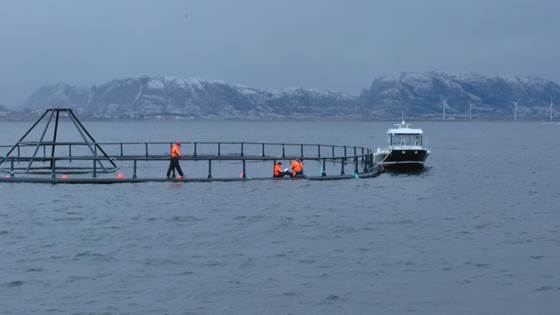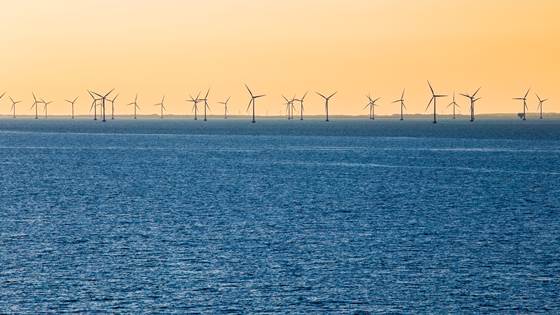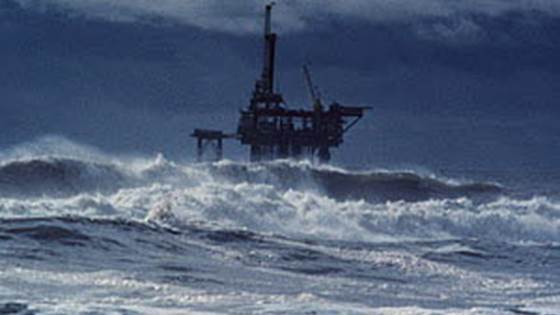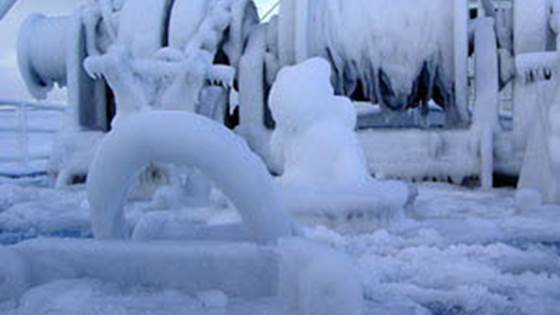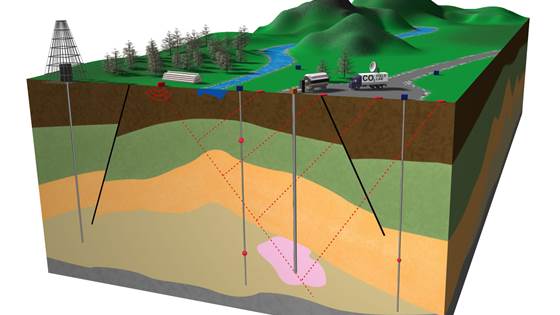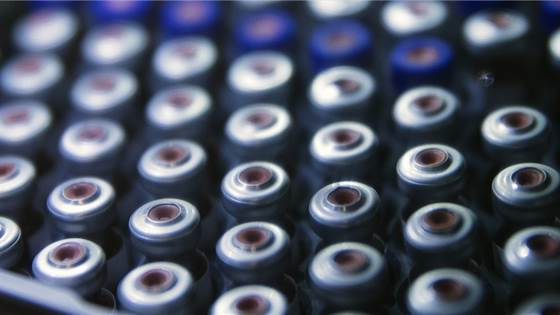PreparH2 – Preparing socio and economic evaluations of future hydrogen lighthouse projects
The objective of the project is to review former previous DEMO-projects and collects views on cross cutting issues from experienced staff, thereby utilizing valuable insights and help future hydrogen lighthouse- projects consider the pros and cons of...
